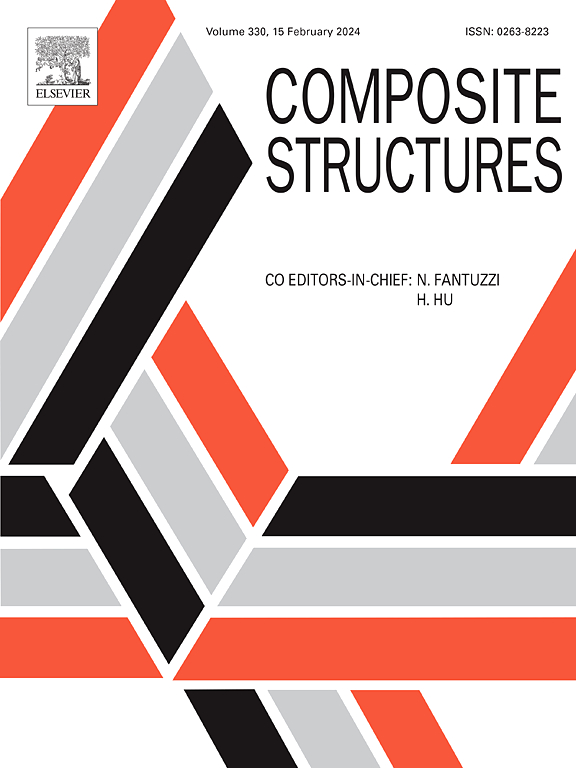复合材料预制体纤维尺度模型研究进展
IF 7.1
2区 材料科学
Q1 MATERIALS SCIENCE, COMPOSITES
引用次数: 0
摘要
真实的纤维结构几何模型是纺织增强复合材料数值分析的基础。然而,由于纤维和纱线的接触相互作用,纺织品的微观结构往往是复杂的。由于纺织品具有柔韧性,在成型过程中容易发生变形,这进一步增加了纤维结构建模的难度。纺织品的高保真度和高效率建模仍然存在一些挑战。常用的几何造型方法还停留在细观尺度或纱线水平的研究上。纤维尺度建模方法是近年来发展迅速的一种方法,它能够生成非常接近实际纺织品的几何模型。成形和变形的模拟问题也可以通过纤维尺度建模方法来解决。本文综述了有关纺织品纤维尺度建模的文献。介绍了光纤规模策略的构成,并在此基础上将这些模型分为两类:数字元方法和虚拟光纤方法。综述了纤维尺度模型的应用,讨论了现有建模方法的优缺点。介绍了纤维尺度建模技术在提高建模精度和效率方面的最新进展。本文章由计算机程序翻译,如有差异,请以英文原文为准。
A review of fiber-scale modeling for composite preforms
Realistic geometric models of fiber structures are essential for numerical analysis of textile reinforced composites. Micro-structures of textiles are however often complex due to the contact interactions of the fibers and yarns. Textiles are prone to deform during the forming process for their flexible property, which further increases the difficulty of fiber structure modeling. High fidelity and efficiency modeling of the textiles still remains some challenges. Commonly used geometric modeling methods stay at the research on the meso-scale, or yarn level. The fiber-scale modeling method has been developed rapidly in recent years, which is able to generate geometric models very close to the actual textiles. Problems of forming and deformation simulations are also solved by fiber-scale modeling method. This paper gives an overview of the literatures dedicated to the fiber-scale modeling of textiles. Formulations of fiber-scale strategy are introduced, based on which these models are divided into two categories: the digital element approach and the virtual fiber method. Applications of fiber-scale models are summarized, advantage and disadvantage of the existing modeling methods are discussed. Latest developments of fiber-scale modeling technology for improving the modeling accuracy and efficiency are presented.
求助全文
通过发布文献求助,成功后即可免费获取论文全文。
去求助
来源期刊

Composite Structures
工程技术-材料科学:复合
CiteScore
12.00
自引率
12.70%
发文量
1246
审稿时长
78 days
期刊介绍:
The past few decades have seen outstanding advances in the use of composite materials in structural applications. There can be little doubt that, within engineering circles, composites have revolutionised traditional design concepts and made possible an unparalleled range of new and exciting possibilities as viable materials for construction. Composite Structures, an International Journal, disseminates knowledge between users, manufacturers, designers and researchers involved in structures or structural components manufactured using composite materials.
The journal publishes papers which contribute to knowledge in the use of composite materials in engineering structures. Papers deal with design, research and development studies, experimental investigations, theoretical analysis and fabrication techniques relevant to the application of composites in load-bearing components for assemblies, ranging from individual components such as plates and shells to complete composite structures.
 求助内容:
求助内容: 应助结果提醒方式:
应助结果提醒方式:


